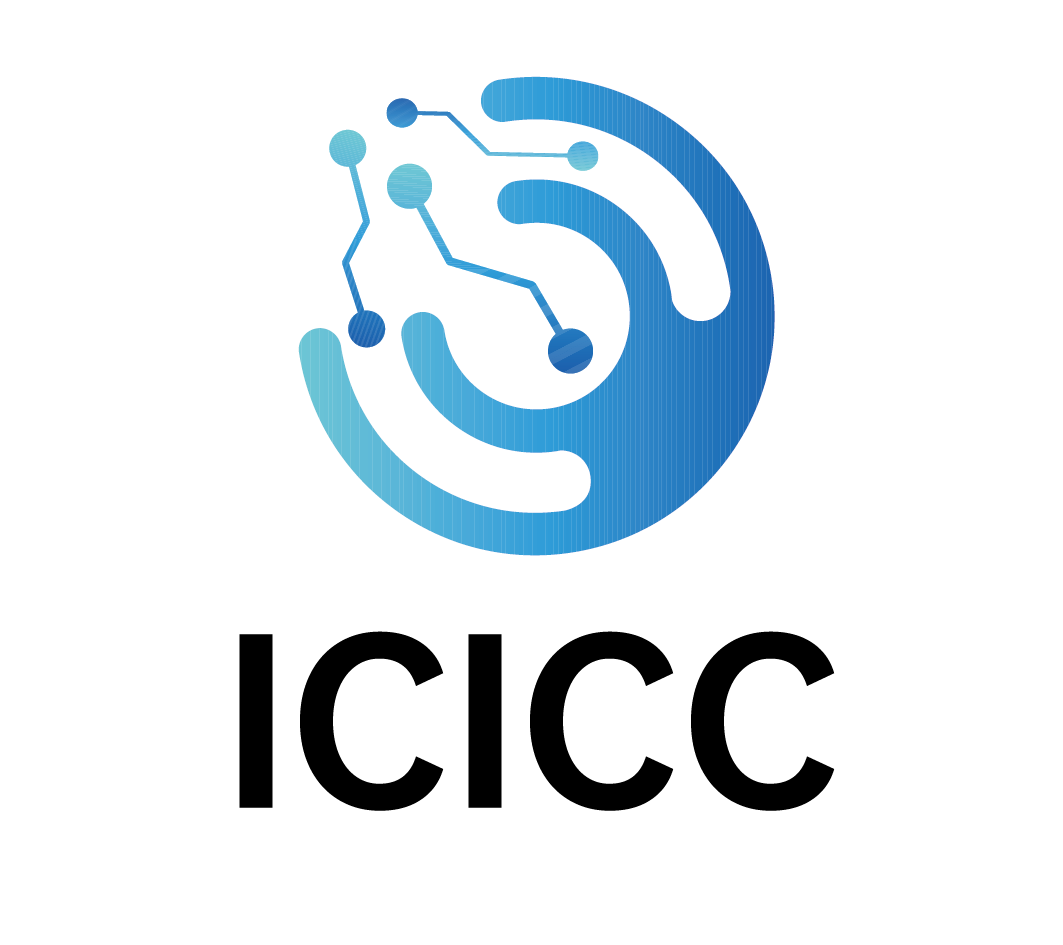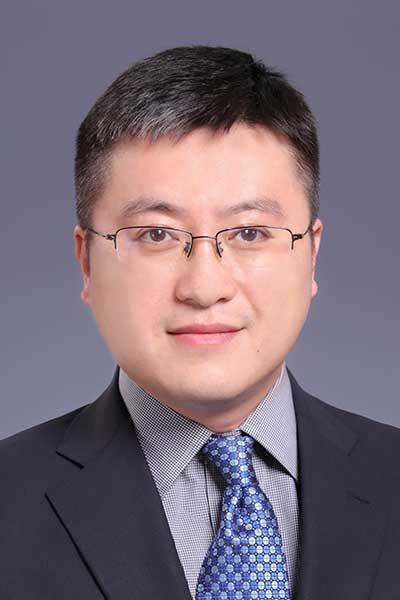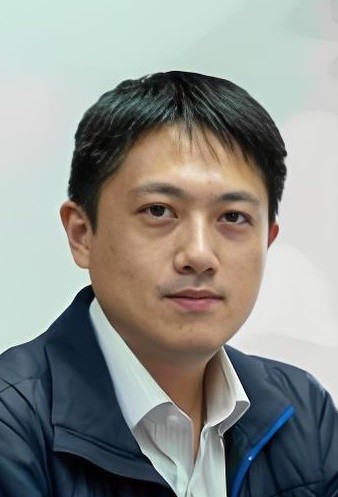
| Max Q.-H. MengIEEE Fellow, Fellow of the Canadian Academy of EngineeringSouthern University of Science and Technology, ChinaMax Q.-H. Meng (Fellow, IEEE) is currently a Chair Professor and the Chairman of the Department of Electronic and Electrical Engineering at the Southern University of Science and Technology in Shenzhen, China. He was with the Chinese University of Hong Kong from 2001 to 2022 as a Professor and later the Chairman of Department of Electronic Engineering. He was with the Department of Electrical and Computer Engineering at the University of Alberta in Canada, where he was a Professor and the Director of the ART (Advanced Robotics and Teleoperation) Lab. He is an Honorary Chair Professor at Harbin Institute of Technology and Zhejiang University, and also the Honorary Dean of the School of Control Science and Engineering at Shandong University, in China. Title: Scenario Intelligence in Robotics in the GPT Era Abstract: Artificial intelligence and robotics are becoming an integral part of human life. In this talk, we will discuss what is scenario intelligence in robotics based on our team's exploration and research, accumulation and practical applications in the field of scenario intelligence and robotics in the past few decades. The areas discussed involve medical intelligence, including intelligent diagnosis and surgical robots based on medical imaging; and interactive manipulation of robots based on scenario intelligence, such as the airport luggage cart recovery robot system that can work fully autonomously in dense crowds and dynamic environments. Finally, a personal view of the future development of artificial intelligence and robotics is put forward, which leads to more creative perspectives and exploration directions. |
| Feifei GaoIEEE Fellow, NSFC Distinguished Young Scholar Tsinghua University, ChinaFeifei Gao (Fellow, IEEE) received the B.Eng. degree from Xi'an Jiaotong University, Xi'an, China in 2002, the M.Sc. degree from McMaster University, Hamilton, ON, Canada in 2004, and the Ph.D. degree from National University of Singapore, Singapore in 2007. Since 2011, he joined the Department of Automation, Tsinghua University, Beijing, China, where he is currently a tenured full professor. Prof. Gao's research interests include signal processing for communications, array signal processing, convex optimizations, and artificial intelligence assisted communications. He has authored/coauthored more than 200 refereed IEEE journal papers and more than 150 IEEE conference proceeding papers that are cited more than 20000 times in Google Scholar. Prof. Gao has served as an Editor of IEEE Transactions on Wireless Communications, IEEE Journal of Selected Topics in Signal Processing (Lead Guest Editor), IEEE Transactions on Cognitive Communications and Networking, IEEE Signal Processing Letters (Senior Editor), IEEE Communications Letters (Senior Editor), IEEE Wireless Communications Letters, and China Communications. He has also served as the symposium co-chair for 2019 IEEE Conference on Communications (ICC), 2018 IEEE Vehicular Technology Conference Spring (VTC), 2015 IEEE Conference on Communications (ICC), 2014 IEEE Global Communications Conference (GLOBECOM), 2014 IEEE Vehicular Technology Conference Fall (VTC), as well as Technical Committee Members for more than 50 IEEE conferences. Title: Key Technologies and Prototype Design for Integrated Sensing and Communications System Abstract: In the future, millions of base stations (BSs) and billions of users (UEs) will natively build an integrated sensing and communications (ISAC) system, which can utilize intelligent ubiquitous methods to realize the ultimate goal of sensing, i.e., constructing the global mapping from real physical world to digital twin world, while providing communications services at the same time. For this purpose, we conduct a series of theoretical and technical researches on ISAC, in which we decompose the real physical world into static environment, dynamic targets, and various object materials. The ubiquitous static environment occupies the vast majority of the physical world, for which we design static environment reconstruction (SER) scheme to obtain the layout and point cloud information of static buildings. The dynamic targets floating in static environments create the spatiotemporal transition of the physical world, for which we design comprehensive dynamic target sensing (DTS) scheme to detect, estimate, track, image and recognize the dynamic targets in real-time. The object materials enrich the electromagnetic laws of the physical world, for which we develop object material recognition (OMR) scheme to estimate the electromagnetic coefficient of the objects. Finally, based on these theoretical researches, we build an ISAC hardware prototype platform working in millimeter wave frequency band, realizing high-precision SER, DTS, and basic OMR, which provides preliminary verification for building the digital twin for communications networks. |
| Wei XuIET Fellow, IEEE Senior Member, NSFC Outstanding Young ScholarSoutheast University, ChinaWei Xu is currently a Professor at Southeast University. His research interests include information theory, signal processing, and machine learning for wireless communications. He received the Science and Technology Award for Young Scholars of the China Institute of Communications in 2018, the Science and Technology Award of the Chinese Institute of Electronics (Second Prize) in 2019, the National Natural Science Foundation of China for Outstanding Young Scholars in 2020, the IEEE Communications Society Heinrich Hertz Award in 2023, and the Best Paper Awards at IEEE ICC 2024, IEEE Globecom 2014, IEEE ICCC 2014, ISWCS 2018, and WCSP 2017, 2021. He served as an Editor for IEEE Transactions on Communications from 2018 to 2023, an Editor and Senior Editor for IEEE Communications Letters from 2015 to 2023. He is now serving as an Area Editor for IEEE Communications Letters and an Associate Editor for IEEE Transactions on Vehicular Technology. He is a Fellow of IET. Speaker Title:Integration of AI and Communication for 6G Abstract: This talk presents an overview on integration of the state-of-the-art artificial intelligent advances with physical-layer communication techniques in 6G. The talk starts with an application of disentangled representation learning for massive MIMO channel state information quantization and feedback by exploiting the disentanglement of dual-polarized channel states. Then extensive applications of the disentangled representation learning for bi-directional channel information feedback and for integrations of communication and sensing are discussed. |
| Wei ChenIEEE Senior Member, NSFC Outstanding Young Scholar Beijing Jiaotong University, ChinaWei Chen is a Professor at Beijing Jiaotong University, China. He received the B.Eng. degree and M.Eng. degree from Beijing University of Posts and Telecommunications, China, in 2006 and 2009, respectively, and the Ph.D. degree in Computer Science from the University of Cambridge, UK, in 2013. Later, he was a Research Associate with the Computer Laboratory, University of Cambridge from 2013 to 2016. His current research interests include semantic communications, AI/ML for PHY and sparse signal processing. He was a recipient of the 2013 IET Wireless Sensor Systems Premium Award, the 2017 International Conference on Computer Vision (ICCV) Young Researcher Award, the 2019 CCF-Tencent Rhino Bird Innovation Award, the 2020 IWCMC 5G-EWNAT Workshop Best Paper Award, 2022 China's Top 10 scientific and technological developments in the field of information and communication and 2023 IEEE/CIC ICCC Best Paper Award. Title: Deep Joint Source Channel Coding for Semantic Communications Abstract: Semantic communications is considered as a promising technology to increase the efficiency of next-generation communication systems, particularly targeting human-machine and machine-type communications. In contrast to the source-agnostic approach of conventional wireless communication systems, semantic communication seeks to ensure that only the relevant information for the underlying task is communicated to the receiver. Considering that most semantic communication applications have strict latency, bandwidth, and power constraints, a prominent approach is to model them as a joint source-channel coding (JSCC) problem. Although JSCC has been a long-standing open problem in communication and coding theory, remarkable performance gains have been shown recently over existing separate source and channel coding systems, particularly in low-latency and low-power scenarios. Recent progress is thanks to the adoption of deep learning techniques for joint source-channel code design that outperform the concatenation of state-of-the-art compression and channel coding schemes, which are results of decades-long research efforts. In this article, we present an adaptive deep learning based JSCC (DeepJSCC) architecture for semantic communications, introduce its design principles, highlight its benefits, and outline future research challenges that lie ahead. |



